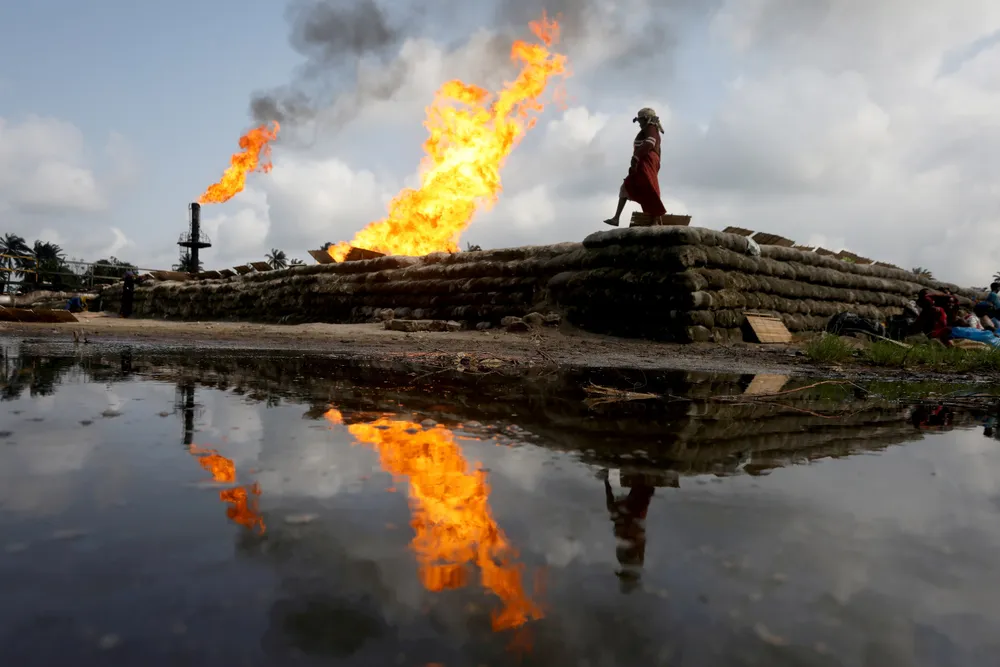Carrots and sticks: Anti-flaring initiatives making patchy progress
Eradicating gas flaring requires stricter enforcement of regulation and more infrastructure to monetise the resource

Eradicating gas flaring requires stricter enforcement of regulation and more infrastructure to monetise the resource
